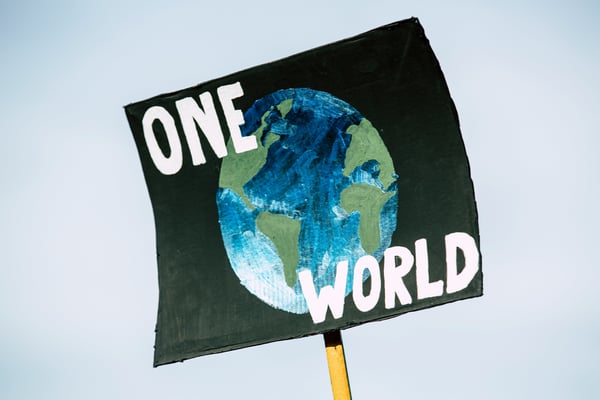Curbing global warming in line with the Paris Agreement will require removing 16 billion tonnes of...
High-Quality AR Projects Thrive While Others Struggle in Carbon Credit Market
In the evolving landscape of the carbon credit market, high-quality Afforestation and Reforestation (AR) projects are demonstrating resilience and success, while other segments, such as Renewable Energy Certificates (RECs) and REDD+ credits, face significant challenges. This divergence highlights the critical role that project quality and market dynamics play in the valuation and trading of carbon credits.
Renewable Energy Credits Face Trading Challenges
The market for renewable energy credits, particularly wind credits from India, is experiencing a downturn. Recent trades for Gold Standard (GS) wind credits were priced at $1.70/tCO2e and $1.72/tCO2e for tranches of 20,000 and 27,000 tonnes, respectively. Despite similar pricing for solar credits, buyers exhibited a clear preference for wind credits. However, trading volumes remain low as buyers are taking longer to make decisions, and the number of active traders in the market has dwindled.
A notable change in market behavior is the reluctance of traders to build inventory. Back-to-back trades between the same buyer and seller have become common, with aggregators and mixed-credit type traders largely absent from the market.
In Turkey, VCS-certified renewable energy wind credits from 2018 were offered at $0.70, while 2020 vintage GS wind credits were priced at $1.90 for a 40,000 tonne tranche. A single buyer bid $1.50 for both tranches, reflecting the tight market conditions and cautious buyer sentiment.
The Resilience of High-Quality AR Projects
In contrast, high-quality AR projects, particularly blue carbon and some select AR initiatives, continue to perform well. Blue carbon credits from the Delta Blue Carbon project in Pakistan were offered at prices between $29.25 and $29.50 for the 2021 vintage, with bids around $27.00 for smaller volumes. The stability in prices for newer vintage blue carbon credits is attributed to the limited availability of credits from this single high-quality project.
The Chinese AR market, however, is under pressure, with offers for 2021 vintage credits as low as $3.85. This has prompted a significant reduction in Quantum's average assessments for Chinese AR credits. Similarly, Uruguay AR credits have also been offered at lower prices, indicating market stress.
REDD+ Market Weakens
The REDD+ segment has seen a weakening in prices, with notable projects like Katingan and Rimba Raya experiencing declines. Katingan project credits for 2019 were bid at $3.75 and offered at $4.05, while 2021 credits were valued indicatively at $5.00. Rimba Raya credits from 2016 were bid at $3.50, reflecting a downward trend in this market segment.
Mixed Performance in Other Segments
Other carbon credit segments have shown mixed performance. US ACR tagged removal credits were traded at $18 for small volumes, causing a significant downward revision in Quantum's assessments. Industrial gas credits saw transactions for US ACR foam blowing agent credits at $2 (2018 vintage) and $2.30 (2019 vintage), although these trades involved small volumes and did not impact overall assessments.
Clean cookstove credits from Nigeria's GS 2021 vintage were bid at $3.50 for a large volume of 100,000 tonnes, leading to an increase in large volume assessments by $0.20, while smaller contracts rose by $0.10 day-on-day.
Conclusion
The carbon credit market's performance highlights the importance of project quality and market dynamics. High-quality AR projects, especially blue carbon initiatives, are maintaining their value and attracting buyer interest, while renewable energy and REDD+ credits face significant challenges. For investors and traders, understanding these nuances is crucial for making informed decisions in the complex and evolving carbon credit landscape.






